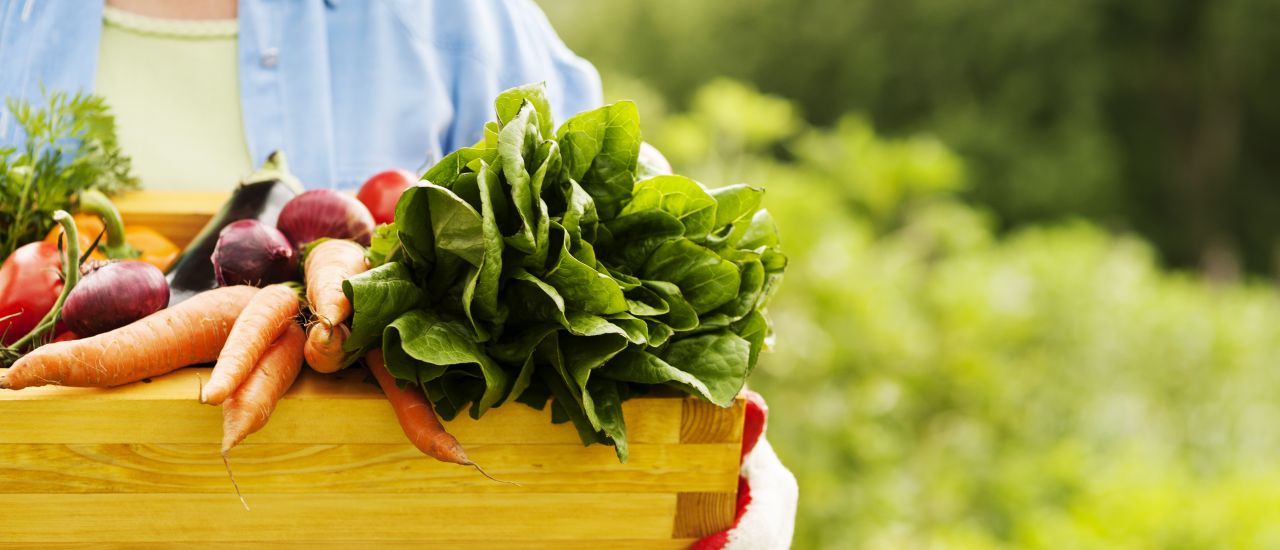Raw honey, raw almonds – the Raw Movement is about more than just not cooking your veggies! People who buy into the raw lifestyle swear by its healing and youth-renewing properties – so, what are the pros and cons of going raw?
Tag: under nutrition
South Africans still suffer from malnutrition
It is a harsh reality that malnutrition is alive and well in South Africa – it plays a part in over 60% of deaths in children under the age of 5, as well as our ever increasing HIV infection and obesity rates.
It is estimated that around 30% of South African children have stunted growth due to malnutrition in early life. High risk population groups are the young and elderly – those primarily dependent on others for providing their food.
What is malnutrition?
Malnutrition occurs when a person’s diet either contains too few nutrients – resulting in varying degrees and types of illness OR when it contains too much food, and there is an oversupply in relation to how much you need to grow and thrive- resulting in obesity, or nutritional imbalances like those seen in fad diets. So in other words malnutrition can either mean under-nutrition or over-nutrition.
Let’s take a look at under-nutrition
Under-nutrition happens when there is not enough quality food to eat. An important issue here in children is breast-feeding. Breastfeeding your baby until he or she is at least 6 months can be significant in preventing under-nutrition. Often babies are introduced to mixed feeding and poor quality foods much earlier than 6 months and miss out on vital nutrients needed for growth and health. This then contributes to an increased risk of illness- for example diarrhoea, poor growth, learning difficulties and increased risk of HIV infection. Other factors contributing to under-nutrition across all age groups include poverty, high food prices and stress.
There are 2 types of under-nutrition:
- Protein –Energy under-nutrition. This can either be a deficiency of protein AND calories (Marasmus) or deficiency of protein alone (Kwashiokor).
- Micro-nutrient deficiencies. Iron deficiency anaemia and Vitamin A deficiency being 2 of the more common ones.
What about over-nutrition?
Over-nutrition is just as important to our health. The cheaper foods are usually the highly processed, fatty junk foods. High in calories but low in nutritional value they make you fat and deprive your body of the quality nutrients it needs to function.
Addressing and fixing malnutrition is not a simple task. Local and National Governments have started programmes to try and lighten the burden, including institutional feeding programmes, supplying food at schools in impoverished areas, encouraging breastfeeding, de-worming, growth monitoring and providing vitamin supplements. Unfortunately financial and practical restraints have limited their success.
Find out how you can help visit www.food4africa.org or investigate initiatives in your local community!
You can also fight malnutrition in your own home by following our Eat Healthy tip module. Subscribe to the module now and you’ll receive 2 daily nutrition tips written by our doctors. The subscription costs R1 per day. To join sms EAT to 44388 now.
Author: Dr Lynelle Hoeks
Read more:
Here’s What You Should Be Eating
Best Vitamin C Foods
5 Superfoods for Diabetics


